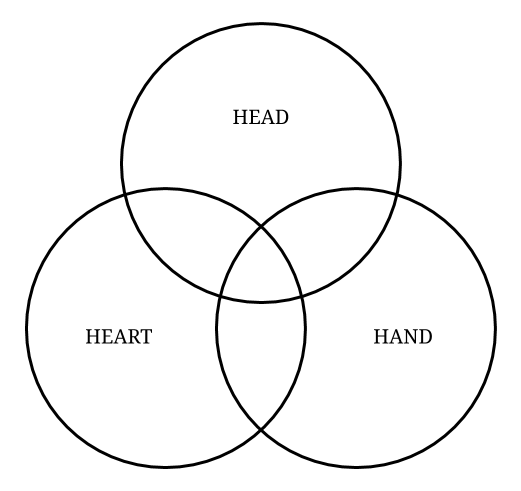Most of us have goals we want to accomplish. Some are bigger, some are smaller. Sometimes it feels easy to get the work done, and sometimes it’s hard to stay motivated and we procrastinate. Fundamentally motivation is the desire to act and move towards a specific goal. It often explains why humans act—or don’t—in a certain way.
There’s been lots of research on motivation, but one model in particular has been empirically validated and can be used to understand why you struggle to find the motivation to work towards your goals. This theory is the 3C model of motivation (3C stands for “3 components”).
The 3C model of motivation was developed by Professor Hugo M. Kehr at the University of California, Berkeley. What’s great about the model is that it covers all the sources of motivation a person may have:
- Explicit motives: the motives we attribute to ourselves in a conscious way.
- Implicit motives: the unconscious reasons which explain why we may act in a certain way.
- Perceived abilities: what we think we may be capable of accomplishing.
Professor Kehr used a useful metaphor to better visualise the model.

In this graph, the head represents our rational intentions, our explicit goals, and our commitment to act in a certain way to achieve them. The heart represents the emotional sphere. It’s not only our unconscious needs and motives, but also the emotions underlying a certain task, such as fun, pleasure, or fear. Finally, the hand represents our skills, abilities, knowledge and experiences that are relevant to the task at hand.
Every time you decide to accomplish a goal or to perform a task, these figurative head, heart, and hand come into action. Your rational intentions, your emotions, and your actual and perceived skills all have an impact on your motivation levels. For optimal motivation, all three components need to be fulfilled. When this happens, we get in the flow. However, if one of the three components is missing, we struggle to feel motivated. This is what most people call demotivation.
In that case, a temporary solution is to use our willpower to push through and still get the job done. But I’m saying “temporary” because it’s a terrible long-term strategy and may even end up causing you to burn out. A better approach is to run a diagnostic to understand the source of your demotivation.
The motivation clinic: how to diagnose demotivation
The beauty of the 3C model of motivation lies in its simplicity. By asking yourself three simple questions, you can analyse the reasons why you struggle to feel motivated.
- Head: “Is this task really important to me and relevant to my goal?”
- Heart: “Do I enjoy this task?”
- Hand: “Am I good at this task?”
Once you’ve discovered which one of these is not working, you can decide which strategy to apply in order to feel more motivated.

For example, if you answered “no” to the “heart” question, you may reframe the task to make it more enjoyable. And if you are convinced about the task on both a rational and emotional level, but lack the skills and abilities, you may consider getting coaching or asking for help to get the job done.
As I mentioned, there’s a lot of research backing up this model. For example, researchers found that discrepancies between head and heart may lead to burnout. And there are studies showing that when all three components are fulfilled, we tend to get more easily in the flow.
Motivation is a complex topic, but I love this simple model and the way it can help anyone run a quick diagnostic to figure out why they’re feeling demotivated.
